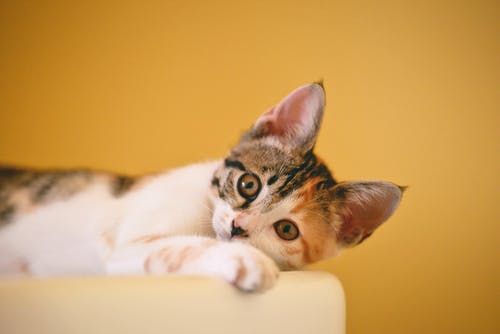
Diabetes in cats is a chronic ailment that, if left unattended, can be incredibly harmful to the animal’s health. Cats older than eight with a predisposition for being overweight are the most frequent condition carriers. The incidence of diabetes is a lot more widespread in male cats than it is in female cats.
Common Signs of Diabetes in Cats
Cats are progressively being diagnosed with diabetes mellitus, a problem characterized by an absence of insulin production and high blood glucose levels. Without medical treatment, your cat might lose weight, stop eating, become dehydrated, have extreme depression, have trouble moving, go into a coma, or even die.
Although there are several possible causes of diabetes mellitus in cats, obesity is an essential factor. Here are a few crucial signs that could assist in identifying feline diabetes.
Extreme Thirst and Urination
If your cat goes to their litter box frequently, it could be diabetes type I or II. The kidneys intend to secrete this excess glucose via urine. Because of its high sugar content, urine includes an enormous volume of water. High water losses from the body through increased urine may result in dehydration and an increase in thirst.
Cats with diabetes can additionally experience an increase in their thirst. If your cat begins drinking a lot more water than average, that can show that they have diabetes. As the illness proceeds, diabetes in cats manifests itself much more indeed. If you’re worried about your cat, it’s ideal to take them to vets in Charlotte, NC, so that it can provide an extensive examination.
Fatigue and Listlessness
Diabetic felines frequently display signs of sleepiness and a lack of energy. Your cat might show up lethargic or less active than average consequently. As a result, cats with diabetes might reveal signs of listlessness and disinterest in play. These signs and symptoms result from the body’s inability to properly manufacture or utilize insulin, resulting in an energy deficiency caused by sugar accumulation in the blood.
The tiredness of a debilitating nature and a general malaise are signs of hyperglycemia (high blood sugar). Visiting an animal hospital focusing on internal medicine is an outstanding option to reduce the danger of diabetes developing in your pet by taking preventative measures. On the other hand, the vets will educate you with more information regarding this health condition.
Losing Weight and Appetite
Because of the metabolic adjustments caused by diabetes, many cats will lose weight even when their food intake remains consistent. If you find that your cat is getting thinner, this can suggest that they have diabetes. You must take your pet to a proficient emergency vet in Charlotte, NC emergency vet in Charlotte, NC for an appointment if you notice that they frequently demand food, meowing at their empty bowl, or try to steal your meal.
As diabetes worsens, the signs become more prominent, and more signs and symptoms of an underlying problem might show themselves. At this period, the cat may be sick, and getting a diagnosis and starting treatment is necessary.
Bottomline
If your cat exhibits any of these severe signs, it’s time to visit with the veterinarian. Since many of these indicators can suggest something apart from diabetes in cats, it is impossible to make a self-diagnosis. Validating a diagnosis will likely involve observing clinical signs and symptoms alongside a thorough physical examination, blood testing, and urinalysis.
